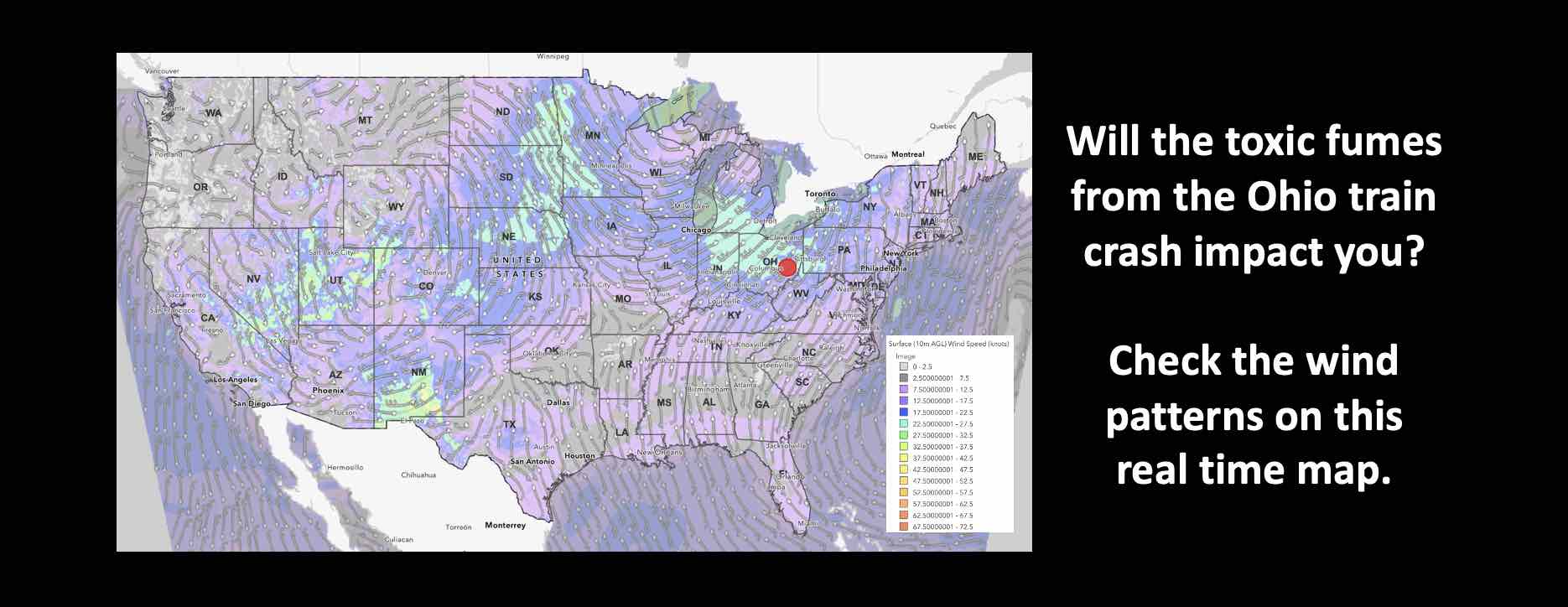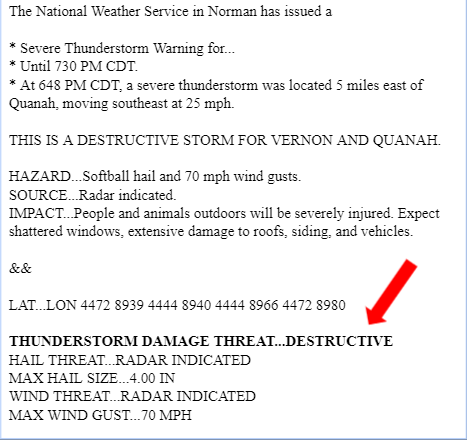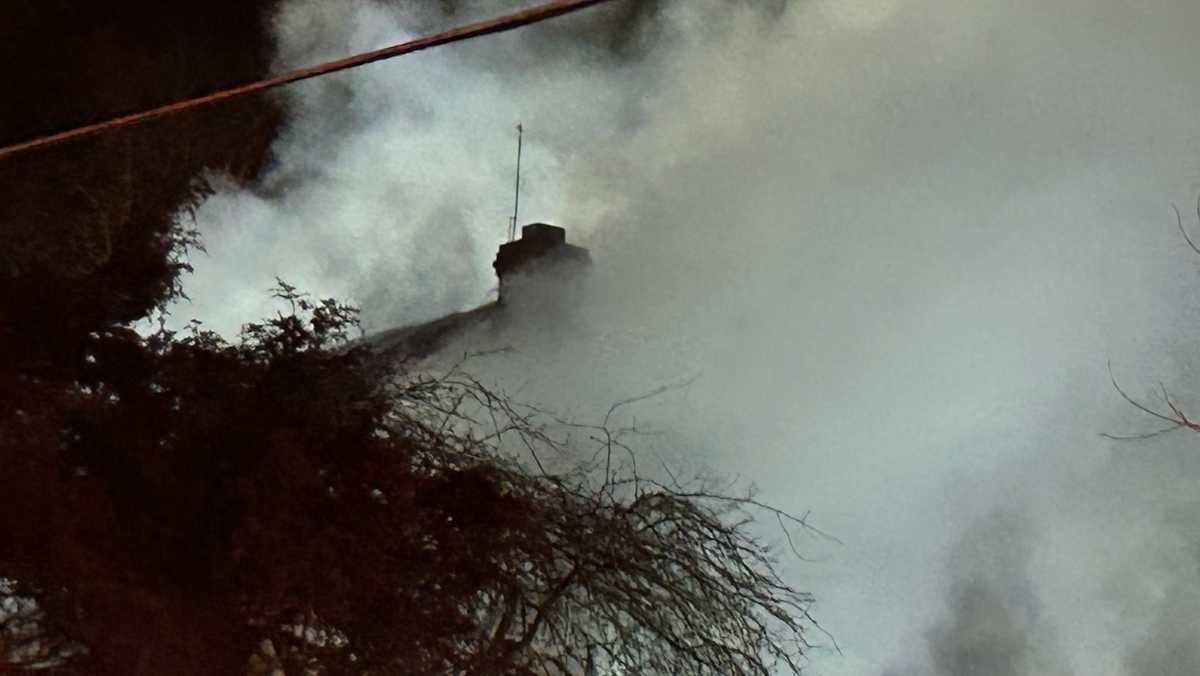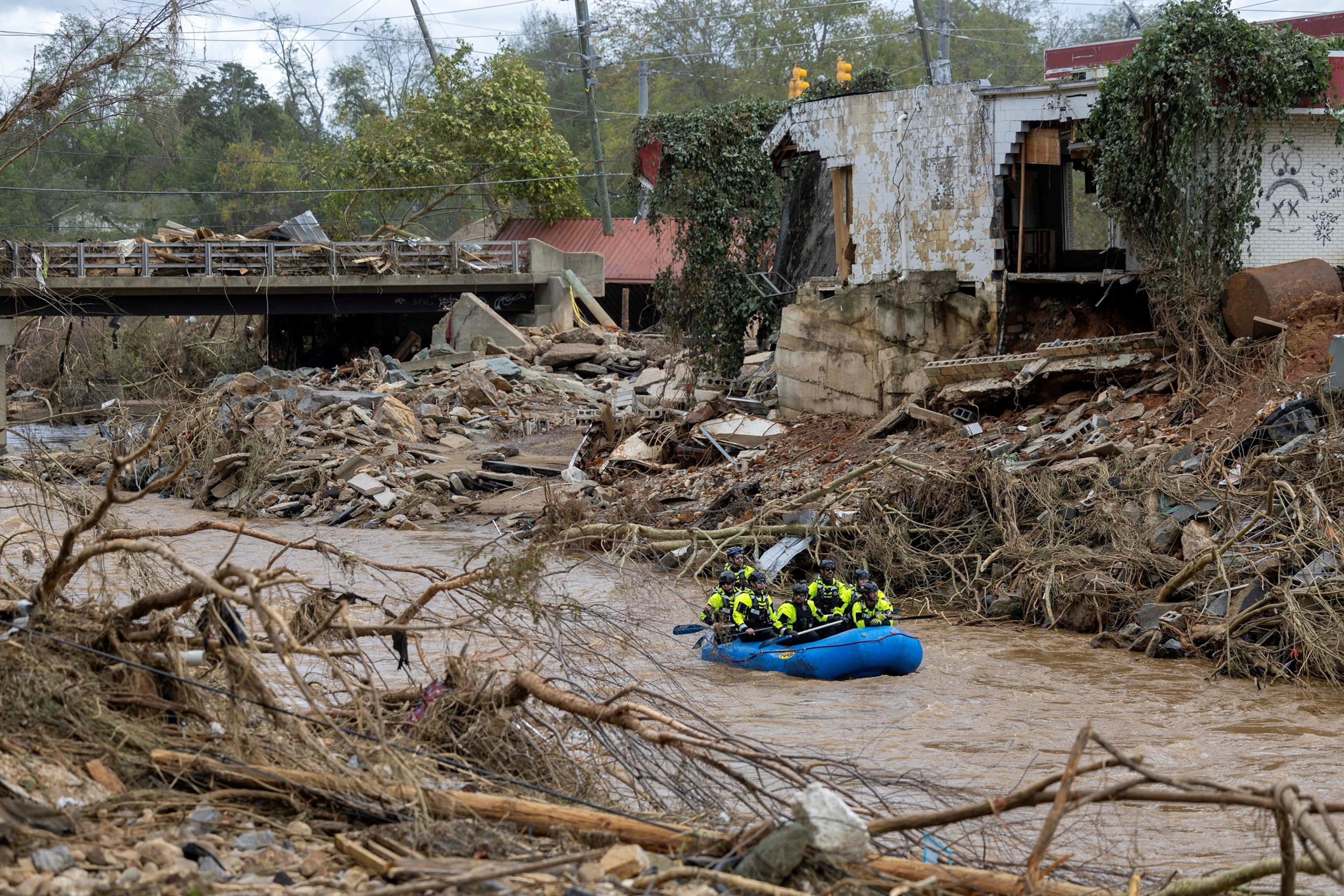Toxic Chemical Residue From Ohio Train Derailment: A Building Contamination Study

Table of Contents
Types of Toxic Chemicals Released and Their Properties
The Ohio train derailment involved the release of several hazardous chemicals, posing significant risks to human health and the environment. Among the most concerning are vinyl chloride and butyl acrylate. Understanding the properties and toxicity of these chemicals is critical for assessing the extent of the contamination and developing effective remediation strategies.
-
Vinyl Chloride: This colorless gas is known for its carcinogenicity, meaning it can cause cancer. Long-term exposure is linked to liver damage, including angiosarcoma, a rare and aggressive form of liver cancer. Inhalation of high concentrations can lead to immediate health effects, including dizziness, headaches, and loss of consciousness.
-
Butyl Acrylate: This colorless liquid is a respiratory irritant, causing coughing, wheezing, and shortness of breath. Skin contact can lead to sensitization, resulting in allergic reactions upon subsequent exposure. Eye contact can cause severe irritation.
-
Other Chemicals: The derailment also released other chemicals, the long-term effects of which are still being investigated. These may include, but aren't limited to, ethylene glycol monobutyl ether, ethylhexyl acrylate, and various other volatile organic compounds (VOCs).
For detailed chemical safety data sheets (SDS) on these and other chemicals released, refer to the [link to a reputable source like the National Institute for Occupational Safety and Health (NIOSH) or similar].
Methods for Detecting Chemical Residue in Buildings
Detecting chemical residue from the Ohio train derailment in buildings requires a multi-faceted approach employing various techniques. The choice of method depends on the type of chemical being investigated, the suspected level of contamination, and the type of surface being tested.
-
Air Sampling: This method measures airborne concentrations of volatile organic compounds (VOCs), providing an indication of the presence of airborne contaminants. Techniques include passive samplers and active air pumps connected to specialized canisters for laboratory analysis.
-
Surface Swabbing and Wipe Testing: These methods involve collecting samples from surfaces (floors, walls, furniture) using swabs or wipes. The collected samples are then analyzed in a laboratory to identify and quantify the presence of chemical residues. Wipe testing is a quicker, less-precise method often used for initial screening.
-
Laboratory Analysis: Gas Chromatography-Mass Spectrometry (GC-MS) is a powerful technique used to identify and quantify specific chemicals in the collected samples. This sophisticated approach provides accurate and detailed information on the types and concentrations of contaminants present.
Extent of Building Contamination: Case Studies and Findings
Assessing the extent of building contamination requires comprehensive testing and analysis. Preliminary findings from building contamination assessments near the derailment site indicate varying levels of contamination depending on proximity to the derailment and building characteristics.
-
Case Study 1: Residential Building: A residential building located [distance] from the derailment site showed detectable levels of vinyl chloride in both air and surface samples. The concentrations were [specific levels], requiring remediation measures.
-
Case Study 2: Commercial Building: A commercial building closer to the derailment site showed significant presence of butyl acrylate on surfaces, particularly near windows and ventilation systems. The level of contamination necessitated a more extensive cleaning and decontamination process.
[Add more case studies as needed, incorporating maps and visuals to show the geographical spread of contamination].
Health Implications and Remediation Strategies
Exposure to the chemicals released during the Ohio train derailment can have serious health consequences. The specific health effects depend on the chemical involved, the concentration, and the duration of exposure.
-
Health Risks: Potential health risks include respiratory problems (coughing, wheezing, shortness of breath), skin irritation (rashes, itching), eye irritation, and long-term health effects such as cancer and organ damage. Pregnant women and children are particularly vulnerable.
-
Remediation Strategies: Remediation strategies vary depending on the extent and type of contamination. They can range from simple surface cleaning and air filtration to more extensive measures, such as demolition in severely contaminated buildings. Specialized contractors with expertise in hazardous materials remediation should be involved.
For guidance on building remediation and health safety, consult resources from the [link to relevant resources like EPA or CDC].
Long-Term Monitoring and Public Health Concerns
The long-term impact of the Ohio train derailment on public health requires continuous monitoring and assessment. Long-term monitoring is critical for understanding the persistence of contaminants and potential delayed health effects.
-
Continuous Monitoring: This includes continuous air and water quality monitoring, regular soil testing, and ongoing assessment of building contamination.
-
Public Health Interventions: Public health interventions include regular health screenings and medical surveillance of affected populations, particularly children and pregnant women. Community education and outreach programs are crucial to provide information and support.
Transparency and community involvement are essential in addressing the ongoing concerns arising from the Ohio Train Derailment Contamination.
Conclusion
The Ohio train derailment has resulted in significant building contamination with toxic chemical residue, posing substantial health risks to the community. This study highlights the types of chemicals involved, detection methods, the extent of contamination, and the crucial need for effective remediation strategies. Long-term monitoring and public health interventions are essential to address the ongoing impact of this environmental disaster. Further research into the long-term effects of Ohio Train Derailment Contamination is needed to ensure the safety and well-being of affected residents. If you suspect your building may be contaminated, contact your local environmental protection agency for testing and remediation advice. Learn more about protecting yourself from the effects of Ohio Train Derailment Contamination and take the necessary steps to safeguard your health and well-being.

Featured Posts
-
 New Record Man Breaks Fastest Time For Crossing Australia On Foot
May 22, 2025
New Record Man Breaks Fastest Time For Crossing Australia On Foot
May 22, 2025 -
 Googles Ai Ambitions Convincing Investors Of Long Term Success
May 22, 2025
Googles Ai Ambitions Convincing Investors Of Long Term Success
May 22, 2025 -
 Peppa Pig Meets The Baby 10 Episode Cinema Experience This May
May 22, 2025
Peppa Pig Meets The Baby 10 Episode Cinema Experience This May
May 22, 2025 -
 19 Indian Table Tennis Players Create History At Wtt Contender Chennai
May 22, 2025
19 Indian Table Tennis Players Create History At Wtt Contender Chennai
May 22, 2025 -
 Watch Peppa Pig Cartoons Online Free Streaming Services
May 22, 2025
Watch Peppa Pig Cartoons Online Free Streaming Services
May 22, 2025
Latest Posts
-
 Crews Battle Blaze At Used Car Dealership
May 22, 2025
Crews Battle Blaze At Used Car Dealership
May 22, 2025 -
 Recent Susquehanna Valley Storm Damage Cleanup Repairs And Community Support
May 22, 2025
Recent Susquehanna Valley Storm Damage Cleanup Repairs And Community Support
May 22, 2025 -
 Urgent Severe Thunderstorm Watch In Effect South Central Pennsylvania
May 22, 2025
Urgent Severe Thunderstorm Watch In Effect South Central Pennsylvania
May 22, 2025 -
 Investigation Launched Into Overnight Dauphin County Apartment Fire
May 22, 2025
Investigation Launched Into Overnight Dauphin County Apartment Fire
May 22, 2025 -
 Susquehanna Valley Storm Damage The Extent Of The Destruction And Path To Recovery
May 22, 2025
Susquehanna Valley Storm Damage The Extent Of The Destruction And Path To Recovery
May 22, 2025
